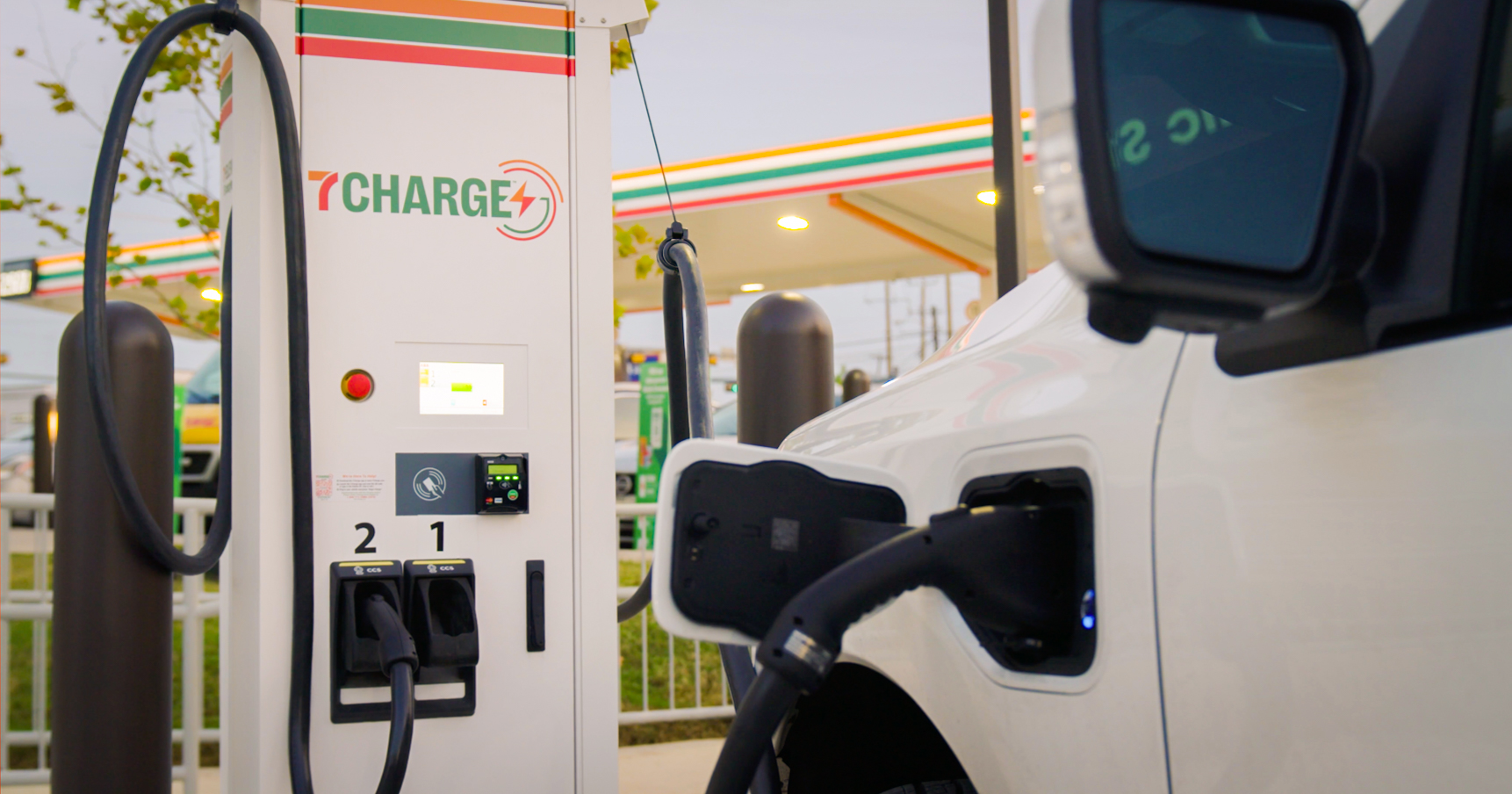Electric Cars Could Be 50% Lighter With These New Weightless Carbon Fiber Batteries
A recent innovation in the creation of electric vehicle batteries could potentially reduce the weight of cars and aircraft by up to 50 percent, new reports suggest. The innovation relies on the use of carbon fiber in a new weightless EV battery design, which would allow the battery to become a structural component of the car, removing the need for separate heavy batteries.
Previous attempts to blend the battery with the structural design of the electric vehicle have often resulted in either good mechanical or good electrical properties—but never both. However, by using carbon fiber, engineers have found a way to create a new battery design that offers both better electrical and mechanical properties.

This would especially be important in the development of electric aircraft—which need to weigh as little as possible in order to cut down on drag created while in the air. Additionally, lowering the weight of the battery in electric vehicles as a whole could also help increase range, as the motor in the car will have less weight to carry around. That makes these new weightless EV batteries a major breakthrough for the industry.
The development of structural-based batteries like this has been many years in the making, with researchers working tirelessly to improve the range and weight of modern electric vehicles. We've seen some major strides, too: Hybrids that can travel up to 1,250 miles without refueling or recharging, as well as EVs with smaller, lighter batteries that can go faster but have lower range.
The company behind this new weightless EV battery design, Sinonus, is a spin-out from Chalmer's University of Technology (CTU) and is working to scale up its design for larger applications. So far it has already demonstrated the ability to replace AAA batteries with structural-based carbon fiber batteries in low-power devices.
